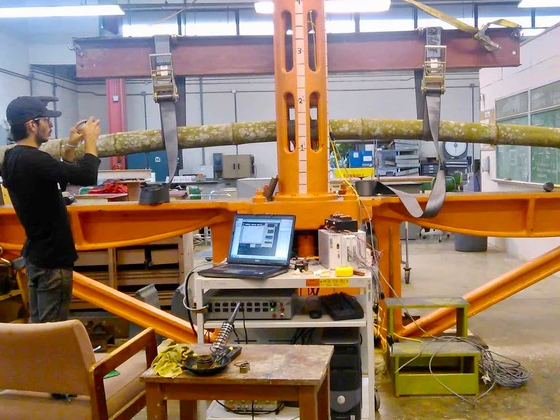The impact of businesses on the environment has come under increasing scrutiny in recent years, and rightly so. The global need to reduce greenhouse gas emissions has led to increasing pressure on companies to reduce their carbon footprint. But how do you tackle this as a company? In this blog, we share practical tips for reducing your carbon emissions and discuss the role of carbon removal certificates in this process.

1. Increase energy efficiency
One of the most effective ways to reduce your carbon footprint footprint is by investing in energy efficiency. By switching to energy-efficient equipment, lighting and HVAC (heating, ventilation and air conditioning) systems, you can significantly reduce your energy consumption. This not only means less CO2 emissions, but also lower energy costs.
Energy efficiency tips:
- Replace old lighting with LED bulbs.
- Install motion sensors to automatically turn off lights in unused rooms.
- Investigate the possibility of investing in energy-efficient appliances and machinery.
2. Use renewable energy
Switching to renewable energy sources such as solar or wind power can make a big difference in your overall carbon emissions. Many companies today are investing in solar panels or joining green energy suppliers. This not only reduces your dependence on fossil fuels, but also directly contributes to reducing your carbon footprint.
Here's how to make the switch:
- Investigate the possibilities of installing solar panels on your premises.
- Choose an energy supplier that offers 100% green power.
- Consider participating in local energy cooperatives or sustainable energy projects.
3. Sustainable transportation
Transportation can be a significant source of carbon emissions, especially for companies that rely on logistics and transportation. By switching to sustainable means of transportation or optimizing logistics processes, you can significantly reduce emissions.
Strategies for more sustainable transportation:
- Encourage the use of electric vehicles for business purposes.
- Optimize your logistics routes to minimize fuel consumption.
- Encourage employees to carpool, bike or use public transportation.
4. Carbon Offsetting and Carbon Removal Certificates
In addition to reducing your carbon emissions, carbon offsetting is another way to reduce your carbon footprint. This involves investing in projects that remove CO2 from the atmosphere or prevent emissions elsewhere, such as reforestation projects or renewable energy projects.
An interesting and increasingly popular option are carbon removal certificates. Unlike traditional carbon offsets, which often focus on preventing future emissions, carbon removal certificates ensure that CO2 is actually removed from the atmosphere. This can be done through methods such as direct air capture, which removes CO2 directly from the air, or through nature-based solutions such as reforestation and soil improvement.
How do carbon removal certificates work?
- You buy certificates from companies that specialize in carbon removal.
- Each certificate equals a certain amount of CO2 removed.
- You can use these certificates to offset your remaining CO2 emissions and even achieve negative emissions.
5. Make your supply chain more sustainable
It is important to take steps to reduce CO2 emissions not only within your own company, but also within your supply chain. Work with suppliers who are committed to sustainability and encourage them to make their own processes more sustainable.
Steps to make your supply chain more sustainable:
- Choose suppliers that use renewable energy and sustainable materials.
- Evaluate your suppliers' environmental performance regularly and suggest improvements.
- Work together on common sustainability goals and share knowledge and best practices.
6. Awareness and training.
Finally, it is crucial that all employees are aware of the importance of sustainability and their role in reducing carbon emissions. Organizing training and awareness campaigns can help get everyone in the company involved in the sustainability goals.
How to go about it:
- Organize workshops on sustainability and energy efficiency.
- Communicate regularly on the progress of your sustainability initiatives.
- Encourage sustainable habits, such as minimizing paper use and waste separation.
Reducing your carbon footprint is an important step in making your business more sustainable and contributing to a better world. By increasing energy efficiency, switching to renewable energy, making transportation more sustainable, applying carbon offsets with carbon removal certificates, making your supply chain more sustainable, and creating awareness, you can make a significant impact as a company.
At Bamboo Import, we believe that sustainable business is not only good for the environment, but also for the bottom line. We encourage all companies to take action and work together towards a low-carbon future.
















































